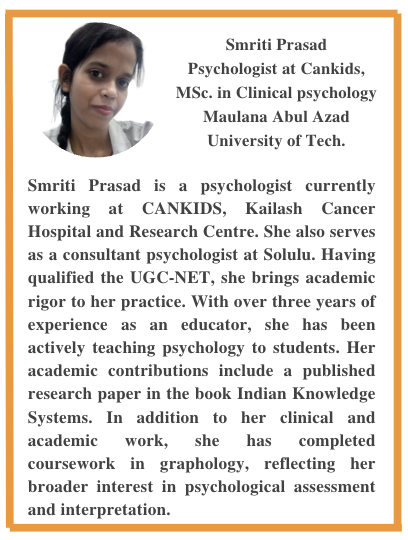Seasonal shifts also known as seasonal affective disorder is a mental health disorder usually occurs during shifts in the season particularly during the winters. It is a form of depression but far different from clinical depression. Though symptoms of seasonal affective disorder are quite similar to those of clinical depression such as fatigue or low energy, Anhedonia, sad mood, a large part of time, social withdrawal and others. The causes of seasonal affective disorder are still vague and unknown. However several factors contribute to this development, it includes a major shift in the season, reduced exposure to the sunlight , disruptions in the circadian rhythm, lower levels of serotonin. However there are certain treatments that can be helpful while treating SAD , these include light therapy, also known as phototherapy where the sufferer is exposed to bright light for one hour after he wakes up every day. Psychotherapy can also be fruitful while treating seasonal shifts.
On the other hand , clinical depression is a serious mental health disorder also commonly known as major depressive disorder (MDD) is a more persistent and severe one. And anyone can suffer from it at any point in their life. Symptoms of major depressive disorder include feeling of Anhedonia, persistent mood for prolonged period of time, feeling of worthlessness and hopelessness, insomnia or hypersomnia, changes in appetite and risk of suicide or suicidal ideation. And if not treated on time it can increase the risk of suicide. There’s not a single cause behind Major depressive disorder , there are many and studies are still going on , in finding the etiology behind this disorder.
Common causes of depression incircles genetics, which plays a key role in having depression. If two or either parents have been diagnosed from depression, there are high chances that the progeny will be suffering from major depressive disorder in the near future. Imbalances in the neurotransmitter can also be one of the causes of depression such as serotonin, dopamine and more norepinephrine. Certain life events such as divorce, death of a loved or closed one. Suffering from certain trauma , use of certain medications and substance abuse. Treatments for MDD includes medications such as SSRIs (selective serotonin reuptake inhibitors) , antidepressants and MAOIs (Monoamine oxidase inhibitors), psychotherapy is also considered very helpful in treating depression where clients open up about their conditions to the therapists , sometimes doctors also take the use of electroconvulsive therapy, CBT and certain therapies can also be used.
While seasonal affective disorder and major depressive disorder share more of the common features, both of the disorders can be differentiated on the basis of trigger point or onset , SAD usually occurs at a typical point in life , usually during winters while MDD can occur at any point of life. SAD can resolve on its own while MDD can persist for weeks , months and years. Though they share common symptoms, but treatment approaches of the disorders are different.
In a nutshell, both the disorders are quite similar in terms of symptoms however treatment approaches differ.
About the Author


